Migration record breakers
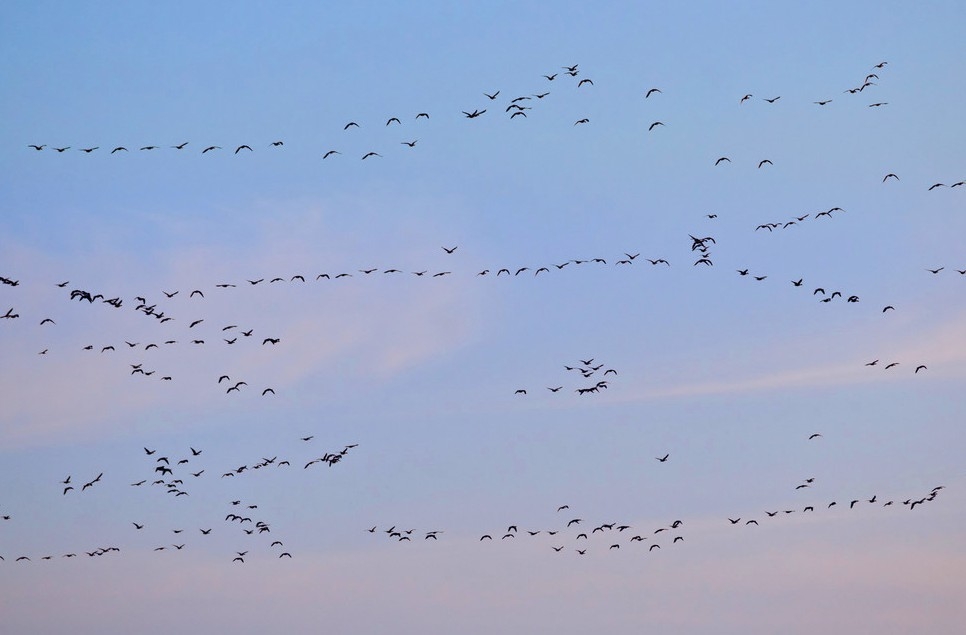
Bird migration is a death-defying feat, but some birds have turned this yearly event into something of an extreme sport. Here are just some of the species pushing the limits of what’s possible while migrating from their wintering to breeding grounds and back.
Furthest without stopping
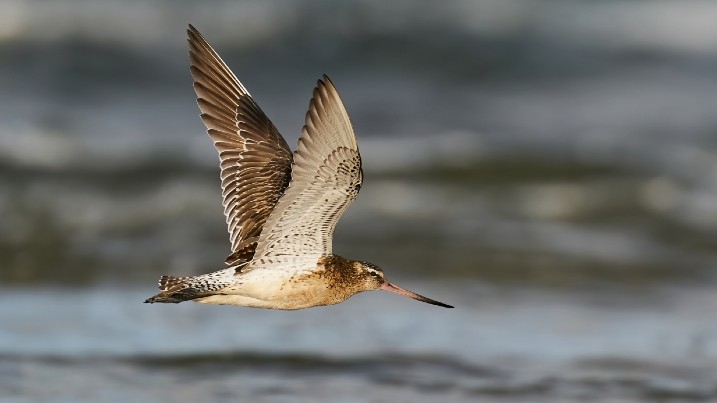
The bar-tailed godwit population in the western Pacific migrate from their breeding grounds in Alaska and the Russian far east down to Australia and New Zealand; some making a non-stop flight of 11,000km!1 That’s no sleeping, eating or drinking – no first class service for them. They’re able to do this because they spend the summer increasing their body fat to sustain them for the arduous journey.
Longest distance
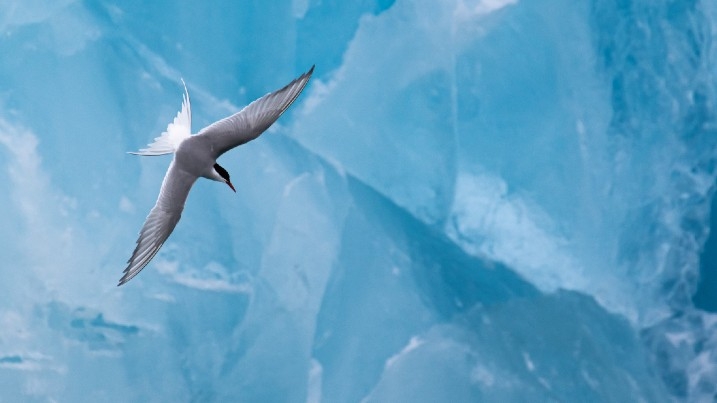
Although it’s known as the Arctic tern, this dainty seabird actually spends half its life at the opposite end of the planet, in the Southern Ocean. The ultimate sun chaser, it migrates 35,000 km (22,000 miles) from pole to pole every year2, to escape the worst of the winter weather. Coastal wetlands are important habitat for them as they find most of their food there.
Loudest migration
We’re not sure about how certain this one is, but pink footed geese are extremely loud, and with around 5000 of them wintering at Martin Mere3, they’re impossible to miss and one of the most iconic winter wetland wildlife sights to see as they come in to roost from the surrounding wetlands as the sun sets. Enjoy the snippet above of them flocking at dusk at WWT Martin Mere. Sound on - if you dare!
Highest migration
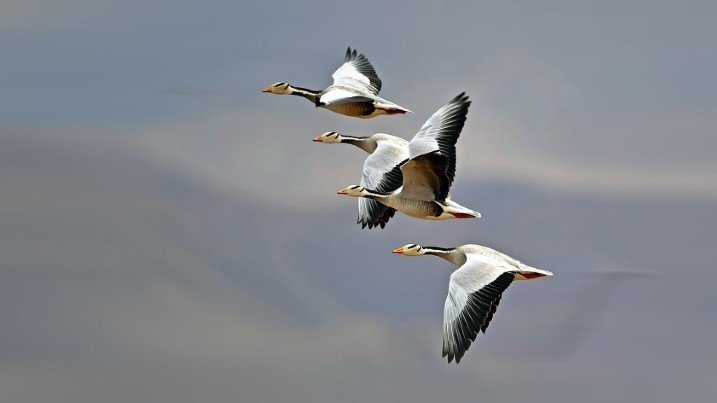
The bold bar-headed goose has a reputation as the highest flyer - going where few dare. This unassuming little goose has been recorded at heights of more than 7,000m (23,000ft)4. And what’s more, they fly over the biggest and most dangerous mountain range of all – the Himalayas. Over the top of these peaks, temperatures are phenomenally low, and there’s only 10% oxygen vs. at sea level. How these geese achieve such a feat is still somewhat of a mystery to biologists. What’s even more mind-boggling is these birds tend to follow the line of the land rather than soaring high, and they keep flapping their wings the whole time.
Fastest migration
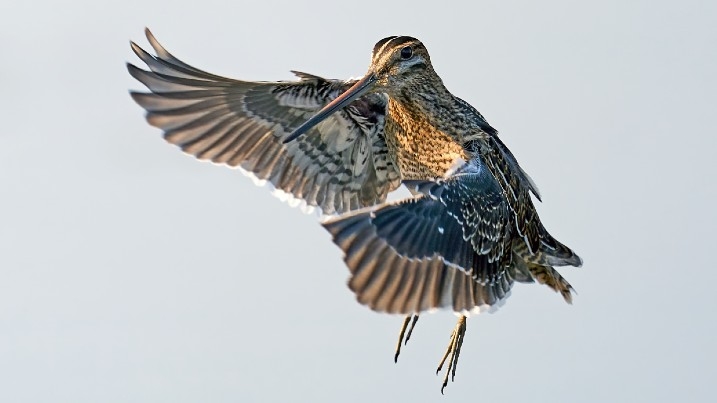
With its long bill and dumpy body, this isn’t a bird you might expect to set speed records. Yet the great snipe is a relentless traveler, covering more distance in less time than any other bird measured. It flaps its wings at seven wing beats per second and loses half its body fat en route, emerging as a streamlined speed machine. Snipe speed has long been a known thing: it’s where the word sniper comes from.
Greatest endurance
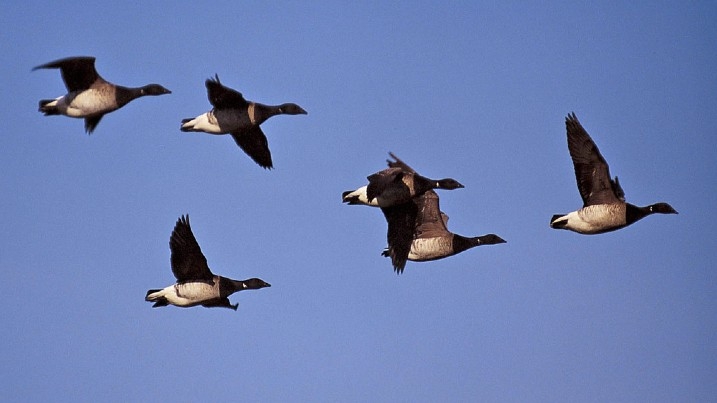
The East Canadian High Arctic light-bellied brent goose is arguably the toughest (and long named) of all the migratory waterbirds to arrive in the UK. This goose nests in the Canadian High Arctic, possibly further north than any other bird on the planet. When they migrate, the youngsters go with the adults, braving some of the roughest conditions imaginable, including navigating the Greenland ice cap with its howling winds and snow. Eventually they arrive at the shores of Northern Ireland, where they rely on plentiful eelgrass at WWT Castle Espie.
Most surprising migration
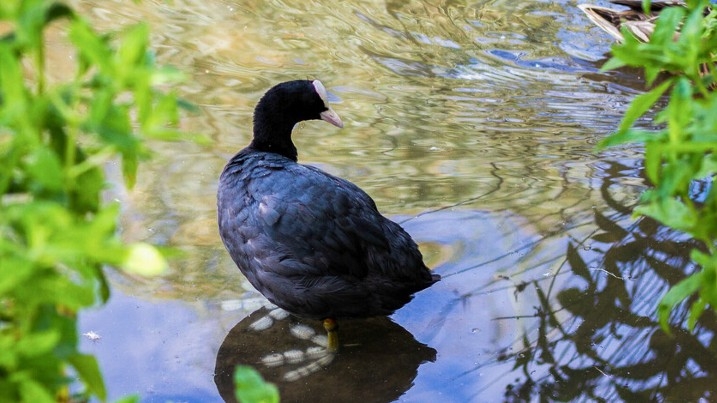
You might not believe it when watching them run clumsily across a pond, or flapping furiously in an attempt to get airborne, but the unassuming coot does migrate – numbers swell in the UK over winter as more mud-hens arrive from countries like Sweden, Denmark and Finland. It might not be the longest journey, but it’s hard not to be impressed that such an un-aerodynamic bird manages such a feat.
How do wetlands help these birds?
Healthy, food-filled, sheltered wetlands like the ones managed by WWT provide vital service stations or safe wintering grounds to allow these birds to recover after their death-defying feats. But habitat loss, climate change and other human impacts are threatening the ability of these birds to get where they need to go in order to survive.
Find out moreReferences



